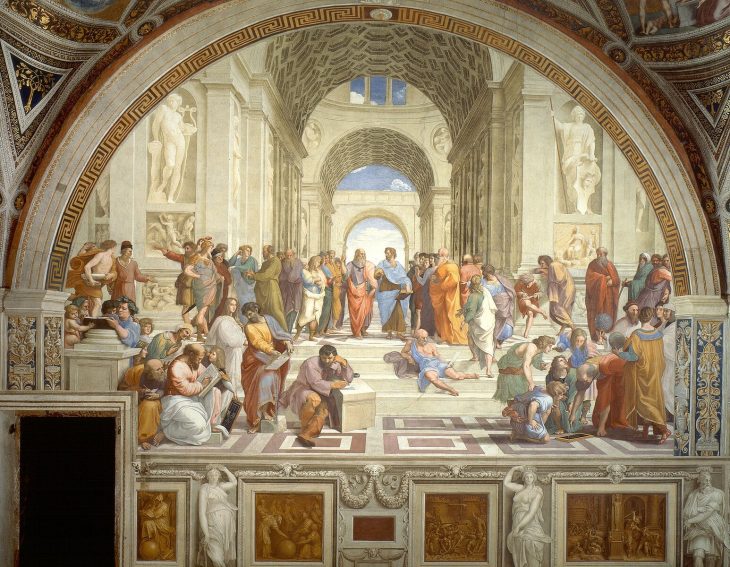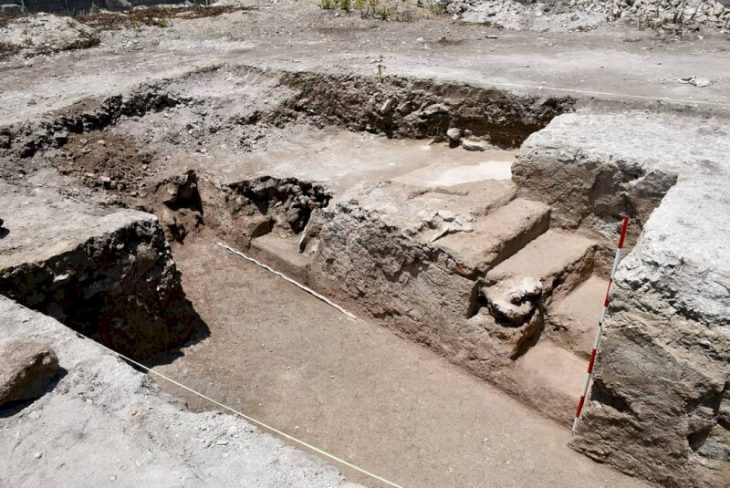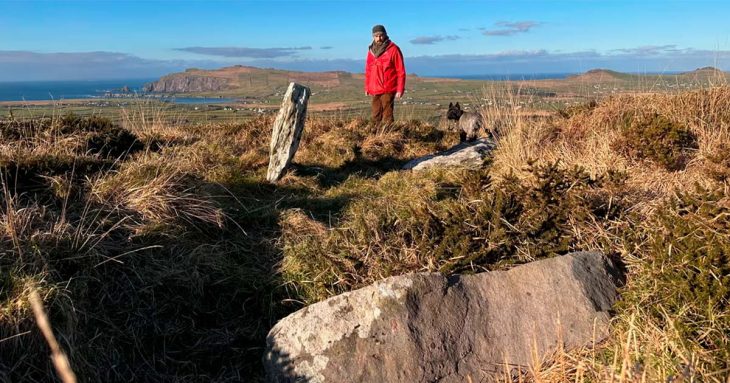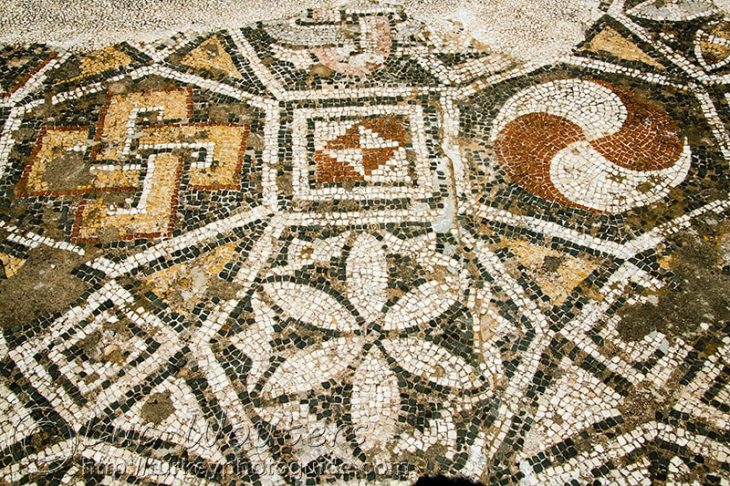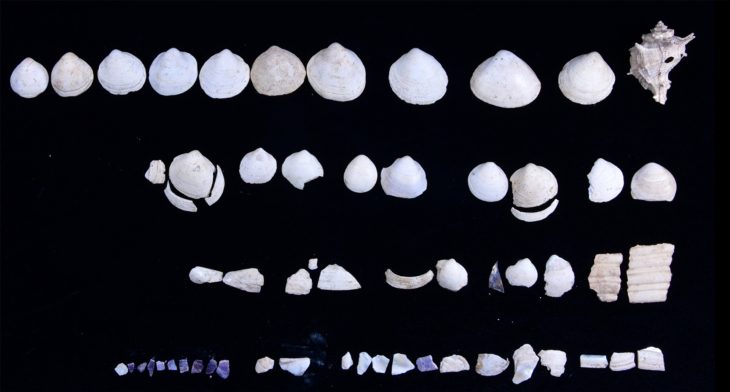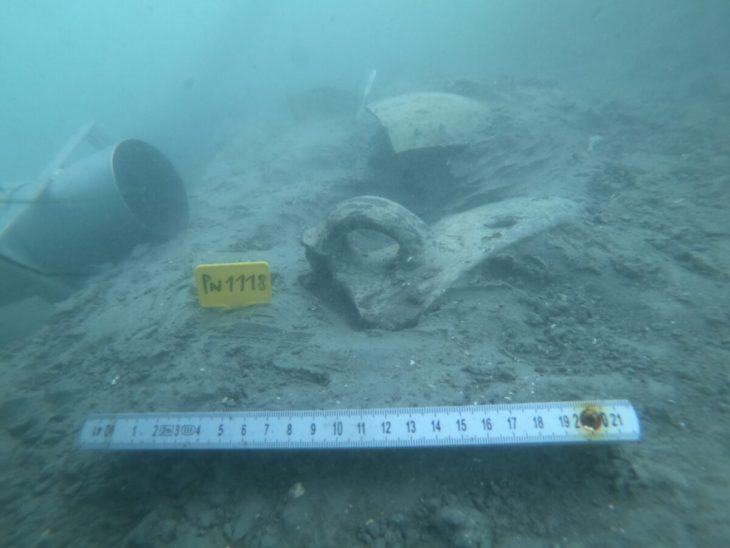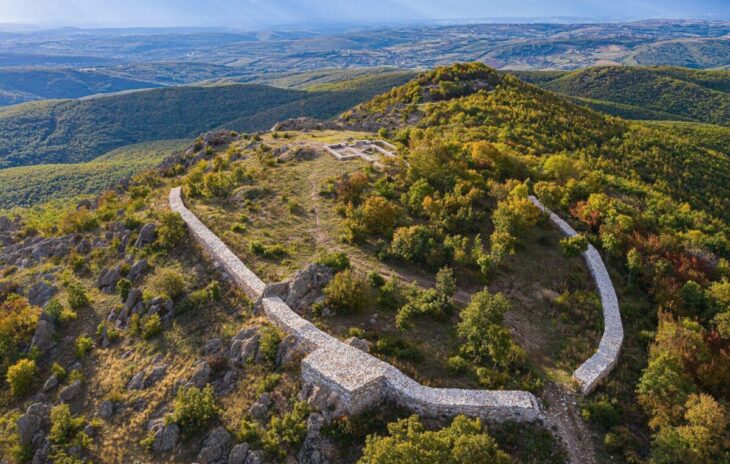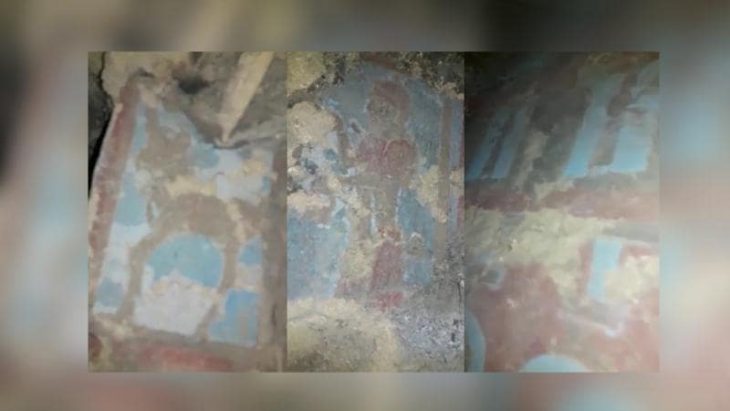During excavations at the Karabau-2 mound in Kazakhstan’s Atyrau region, archaeologists made a remarkable discovery, unearthing nine graves—seven of which were well-preserved—alongside a trove of ancient Sarmatian treasures. The discovery was announced by the Atyrau Provincial Administration on January 27.
Located in Kazakhstan’s Atyrau region along the Caspian Sea, the Karabau-2 mound is situated 10 kilometers north of Karabau village in the Kyzylkoga district.
The Sarmatians were an ancient nomadic people who lived in the Eurasian steppe, primarily in what is now southern Russia, Ukraine, and parts of Kazakhstan, from around the 5th century B.C. to the 4th century A.D. The Sarmatians were closely related to the Scythians and played a significant role in the history of the region, interacting with various neighboring cultures, including the Romans and the Persians.
The Karabau-2 mound is part of a series of burial mounds associated with the Sarmatian culture, which thrived in the region. The mound is significant for its well-preserved graves and the artifacts found within them, which provide valuable insights into the burial practices, social structures, and daily life of the Sarmatian people.
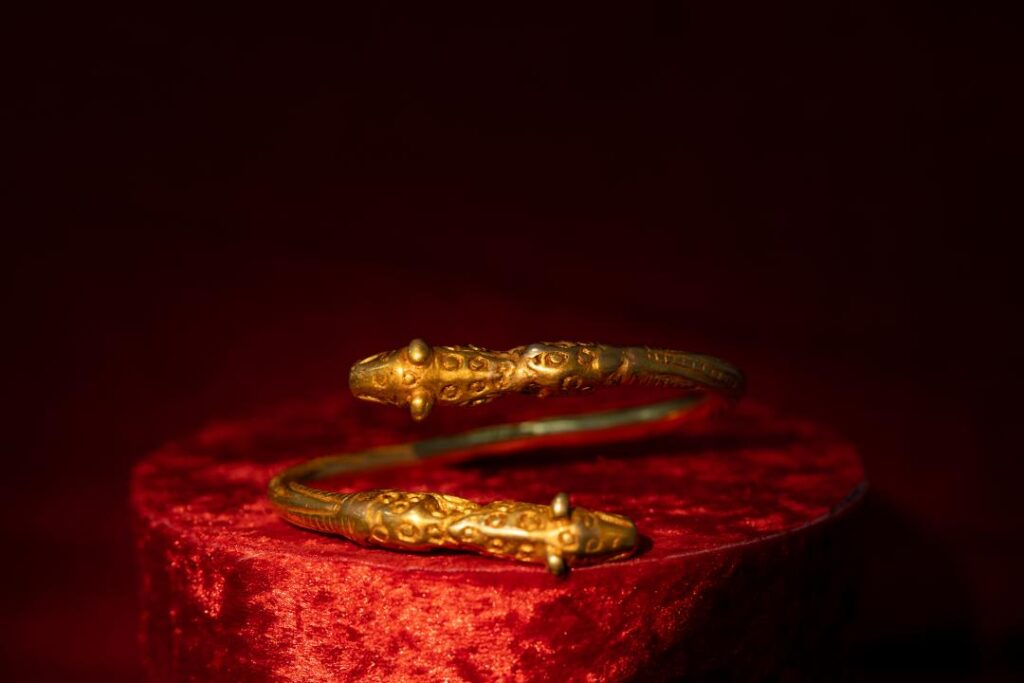
According to an announcement from the Atyrau Provincial Administration, archaeological digs at the “Karabau-2” kurgan (burial mound) in the region have been ongoing for the past two years, resulting in the unearthing of nine graves, seven of which contained artifacts from the Sarmatians, a nomadic equestrian people who inhabited the area from the sixth century B.C. to the fourth century A.D. The findings include jewelry, weapons, ceramic vessels, and human remains.
📣 Our WhatsApp channel is now LIVE! Stay up-to-date with the latest news and updates, just click here to follow us on WhatsApp and never miss a thing!!
The graves unearthed at the site included human remains, gold jewelry, weapons, and ceramic vessels, with some identified as “royal tombs” due to their collective burial practices. One of the most notable artifacts was a gold bracelet weighing around 370 grams. The bracelet is decorated with depictions of mountain leopards on both sides.
Marat Kasenov, the head of the excavation team, stated that historians previously regarded the Atyrau region as part of the Sarmatian Empire, a theory that has now been confirmed through recent excavations. He reported that approximately 1,000 ancient artifacts from the Sarmatian period have been discovered, including 100 pieces of gold jewelry, which often feature images of predatory animals such as leopards, wild boars, and tigers that once inhabited the area. Additionally, the latest excavation revealed two well-preserved wooden bowls, a find that has not been recorded in Kazakhstan before.
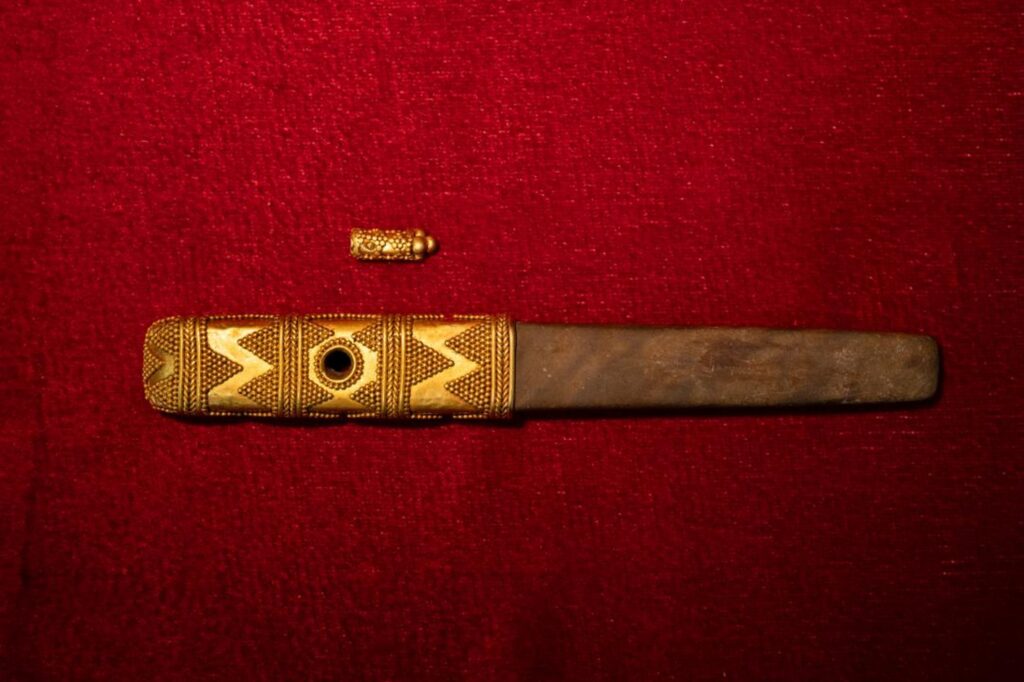
Marat Kasenov said that research efforts will continue in the future with large-scale plans in place. He emphasized that the project will not only involve archaeologists but also include anthropologists, geographers, artists, and other specialists to enhance the scope of the investigations.
The excavations conducted in 2023-2024 engaged a team of 20 workers, along with five museum staff members and anthropologists from Astana and Almaty. The discoveries were showcased at “The Gold of the Sarmatians” exhibition, which was attended by regional officials, historians, and cultural experts.
Atyrau Provincial Administration
Cover Image Credit: Gov.Kz.


